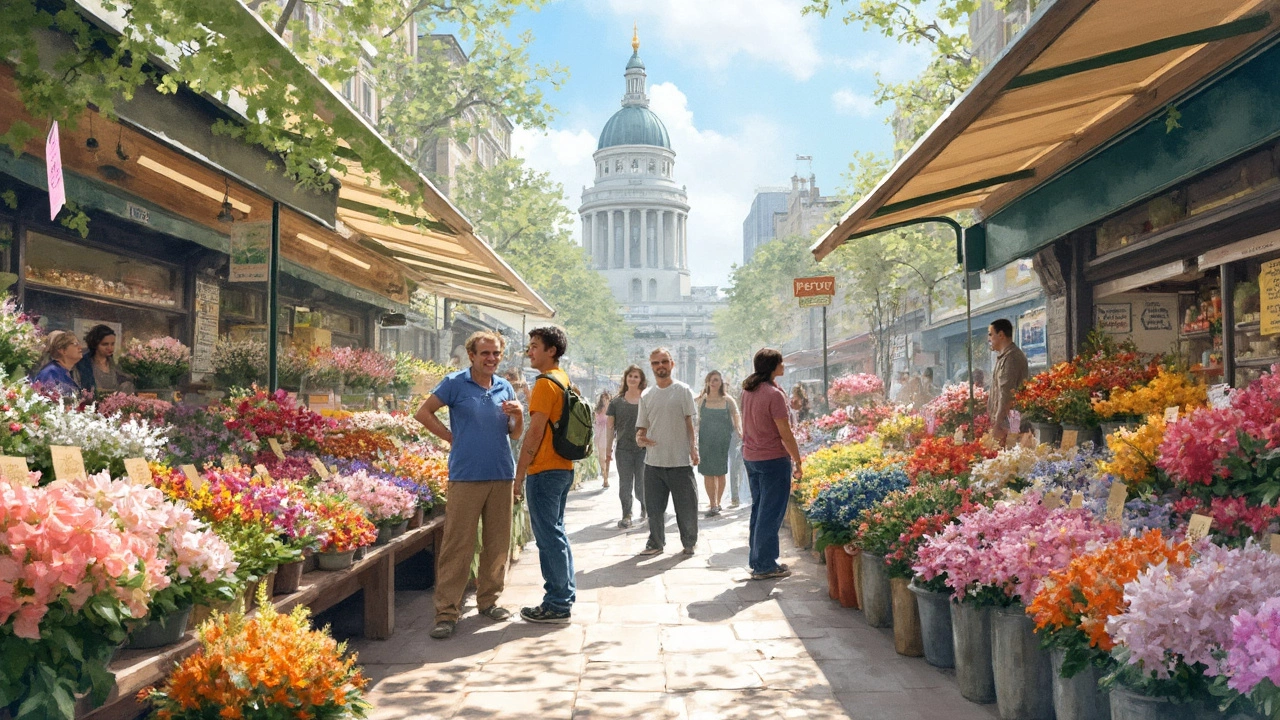Flower Pairing Guide: Match Your Wedding Flowers Like a Pro
Choosing the right flower pairings can feel overwhelming, but it doesn’t have to be. The key is to think about three things: the venue, the season, and your overall colour story. When you line these up, the perfect mix of blooms pops up naturally.
First, look at the venue. A historic church with stone walls pairs well with classic whites and soft greens – think roses, peonies, and eucalyptus. A modern loft with exposed brick shines with bold colours like orange dahlias and deep‑purple lisianthus. Matching the setting helps your flowers blend in instead of fighting the background.
Season‑Based Pairings That Never Miss
Season dictates what’s fresh and affordable. In spring, cherry‑blossom pink carnations, lilac sweet peas, and yellow tulips make a bright, low‑cost combo. Summer brings sunflowers, ranunculus, and lavender – perfect for outdoor garden weddings. Autumn calls for burnt orange mums, burgundy dahlias, and rustic foliage such as pumpkin seed heads. Winter works best with white hydrangea, pine sprigs, and deep‑red roses for a cozy feel.
Using seasonal flowers not only saves money but also gives your décor an authentic vibe. Vendors in Bristol often have local growers who can source these blooms quickly, so ask for a seasonal list when you meet them.
Colour Pairings That Wow
Colour can set the mood. If you love a soft, romantic look, combine ivory roses, blush peonies, and pastel greenery. For a vibrant celebration, pair coral ranunculus with teal gypsophila and gold foliage. A minimalist black‑and‑white theme works surprisingly well with stark white orchids, charcoal calla lilies, and silver dusty miller.
When you pick two main colours, add a neutral accent to keep the arrangement from feeling too busy. A splash of sage or dusty blue works as a bridge between contrasting colours.
Don’t forget the groom’s bouquet or boutonnieres. A small sprig of the same foliage used in the bridal bouquet ties everything together without extra cost.
Finally, test your choices. Grab a few sample stems and arrange them on a table. Step back and view from different angles – you’ll see if any colour clashes or if the size balance feels off.
With these simple steps – venue, season, colour, and a quick mock‑up – you’ll create flower pairings that look polished and feel personal. And remember, the best pairings are the ones that reflect you as a couple, not just the latest trend.
Wedding Flowers That Shouldn't Share A Bouquet
Choosing wedding flowers is not just about picking what looks pretty. Some flowers don't play nice together in a bouquet. Their scents can clash, or they might have different needs for water and sunlight. Knowing which combinations to avoid can save you from unexpected floral mishaps on your big day.
View More